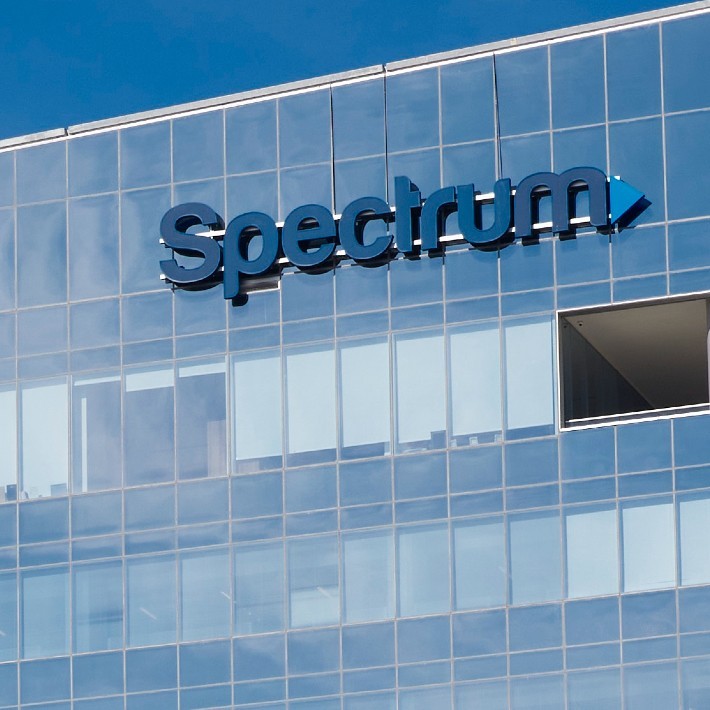CEO says HFC upgrades are smarter for Charter
"It's a lot cheaper to do DOCSIS 4.0 than it is to do a fiber overbuild," said Charter Chairman and CEO Tom Rutledge.

The broadband battles are morphing into a war of words among top cable and telco execs.
While the CEOs of Altice USA and Frontier Communications touted decisions to bet big on fiber overbuilds of their respective cable and copper networks, Charter Communications' CEO argued that the most prudent move is to upgrade the company's widely-deployed hybrid fiber/coax (HFC) network.
Figure 1:  (Source: Charter Communications)
(Source: Charter Communications)
"We think that the smarter move is to take your network up through new technologies at relatively low cost per passing – way lower than fiber-only," Charter Chairman and CEO Tom Rutledge said Wednesday at the Goldman Sachs Communacopia & Technology Conference. "It's a lot cheaper to do DOCSIS 4.0 than it is to do a fiber overbuild."
The network upgrade costs for DOCSIS 4.0 are in flux as the technology develops, but industry experts suggest those costs could reach an incremental $150 to $300 per home, a figure that doesn't include a new D4.0-compatible modem. While those network costs are well below fiber-to-the-premises (FTTP) upgrades, Altice USA, which is upgrading huge swaths of its HFC network to fiber, is touting other benefits, such as lower operating costs and higher net promotor scores.
"Every single metric that you can imagine – that you would anticipate – are better" on the fiber product, Altice USA CEO Dexter Goei said this week at the same conference.
Charter isn't buying it. "Going full-fiber is a lot more expensive – a lot more expensive than people think it is, too," Rutledge said. While costs can be kept in check when overlashing an existing aerial plant with fiber, they soar when having to build underground, he said, estimating that about 35% of the country's passings require underground builds.
Ahead of D4.0, Charter is also pursuing spectrum splits on today's DOCSIS 3.1 networks that expand the amount of spectrum allocated to the HFC network upstream. This upgrade can put an operator in position to offer 2 Gbit/s down and 1 Gbit/s in the upstream. One big advantage of that spectrum-split approach, estimated to cost about $100 per household passed, is that it can operate on legacy DOCSIS 3.1 modems and gateways.
Charter expects its future path on the HFC network to keep capital intensity in check. Rutledge doesn't expect overall capital spending to change much with respect to the network, notwithstanding the fiber builds Charter's doing in rural areas.
"I don't think our capital intensity is going to be significantly different over a multi-year period," he said.
FWA's competitive impact remains small
Rutledge also weighed in on the threat posed by fixed wireless access (FWA) options for home broadband.
He said he's not surprised that FWA has enjoyed some success, noting that it's natural that about 10% of the market will switch to an alternative when given a chance.
FWA has had "some impact" on Charter, "but it's relatively small," Rutledge said.
Related posts:
— Jeff Baumgartner, Senior Editor, Light Reading
About the Author(s)
You May Also Like




.jpg?width=300&auto=webp&quality=80&disable=upscale)







